STEM and STEAM as innovative approaches to your learning
Contemporary education, along with other areas of life, is rapidly evolving.
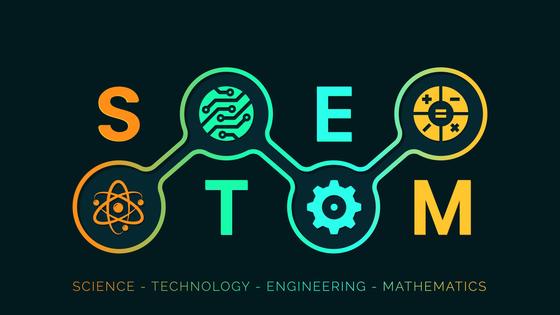
The role of modern technology in the learning process is not only the introduction of gadgets and digitalization but also the integration of new, flexible methods! STEM is one such innovative approach to learning. It aims to make modern education more accessible, convenient, and efficient. It is also a methodology that considers students' innate abilities and promotes the individual's overall development. In this article, we will present the features of STEM, its advantages and disadvantages, and the difference with another methodology with a similar name, STEAM.
What do you need to know about the STEM and STEAM methods?
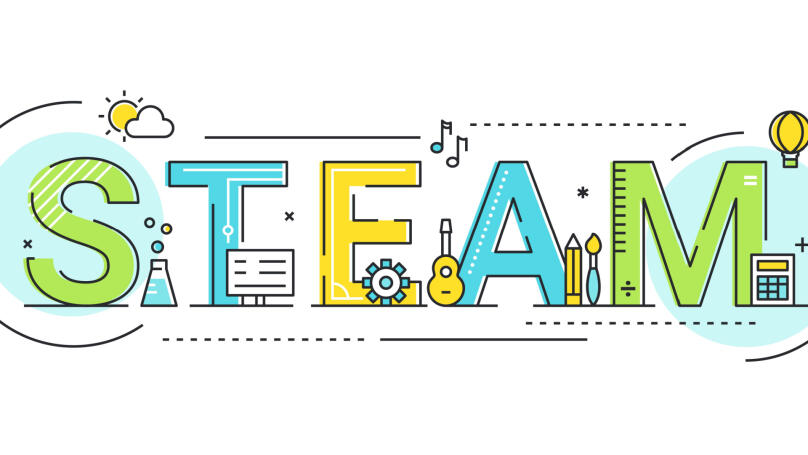
STEM is an acronym that stands for:
-
S - Science,
-
T - Technology,
-
E - Engineering,
-
M - Maths.
The approach refers to a specific programme of study which includes lessons in the exact and natural sciences, technology, engineering, and mathematics. In this way, the STEM approach ensures maximum knowledge acquisition from several different areas simultaneously.
Based on the principles of holistic learning, the idea of this educational model is to primarily focus on teaching children the universal skills they need for real life. After all, all the points of the STEM approach are interconnected. For example, the study of the exact and natural sciences explains to children the fundamental laws of nature we encounter daily. The study of technology allows them to put their knowledge into practice, while engineering and mathematics develop logical and critical thinking and teach them to experiment and use the available resources wisely. Thus, children will be able to understand more quickly the relationships between these or those things, learn to follow algorithms, use information rationally, and be prepared for the consequences of their actions. That is why STEM focuses specifically on the connections between different sciences and not only on them.
However, despite all its advantages, the STEM approach has one significant drawback: the absence of creative disciplines in the educational program. A new version of the methodology — STEAM — has emerged to remedy this. Simply put, the acronym now includes another letter — A, which stands for the Arts, i.e., humanities and the arts.
Studying "art disciplines," according to experts, makes the educational process more diverse and richer. Besides, it allows the development of communication skills and creative abilities of students. All this is handy for successful socialization and admission to a prestigious university. Discover more in Lectera's course, “The World's Best Universities. How to Enter and Fulfil your Dreams."
The Key Features of STEM and STEAM Approaches.
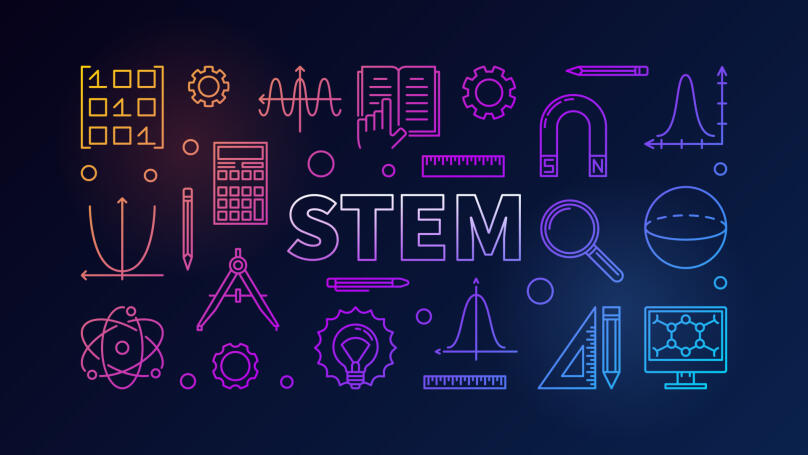
Both approaches are based on the view that to be successful in the future, and a child must develop in multiple areas, combine their existing skills, continuously improve their abilities, and be curious about the world in all its diversity. That is why the following principles are the main features of the STEM and STEAM approaches:
1. Constant Practice and Experimentation
In the process of learning, children encounter primarily theoretical information. However, it is equally essential for them to be convinced of its validity. Moreover, to confirm this or that judgment in practice. That is why it is necessary to have specially equipped classrooms for experiments or laboratory work.
2. Problem-Solving as a Learning Objective
Presenting students with a specific practical task during the learning process is necessary. It may be individual or collective. In the first case, the child learns to rely solely on their knowledge and skills. In the second, students work in teams, share responsibilities, set goals, and take joint responsibility for the success or failure of the task.
3. Relevance
Children must understand what they are doing and why they are doing it. Students' motivation and performance are significantly enhanced if they know their actions will benefit them. For example, the task may be a project to improve the environment, which is known to have suffered seriously in recent years.
4. The Relevance to Current Trends
All aids and studies the educator uses in their work should be up-to-date and reflect the state of affairs in a particular field in the last few years.
5. An Equal Amount of Information
All subjects and knowledge from different fields must be taught equally. For instance, teaching the humanities should be as thoroughly and frequently as mathematics. Art history, foreign languages, and literature are equally essential subjects, so don't neglect them in favor of technical subjects or vice versa.
Lectera’s Online Courses by topic
Thus, STEM and STEAM approaches blur the boundaries between outdated notions in education, e.g., proving that children can be both "techies" and "humanities" simultaneously. Therefore, giving equal attention to multidirectional skills in STEM and STEAM programs is only necessary. These methods allow for acquiring universal and valuable helpful knowledge in any endeavour. Additionally, children learn from an early age to be inquisitive, develop analytical thinking, and get used to working individually and in teams. To learn how to manage everything and avoid emotional burnout, you can use the course "Learn to manage time. Time management for teenagers."
Share this with your friends via:
Latest News

A significant stage in the development of the alternative education system has begun in West Northamptonshire in the UK: the County Council is actively calling on parents, guardians, and trustees to participate in shaping the future of this key area.

Outwoods Primary School in Atherstone, Warwickshire, having experienced deep sadness after the loss of their famous cat, Silla, has found solace in a new pet – a Maine Coon named Aloysius O’Hara.
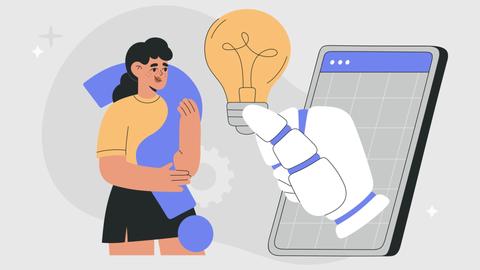
In modern universities, artificial intelligence, and in particular ChatGPT, is rapidly transforming from a controversial tool into a full-fledged student assistant.

An innovative educational project is gaining momentum in UK primary schools, aiming to change attitudes towards video games.
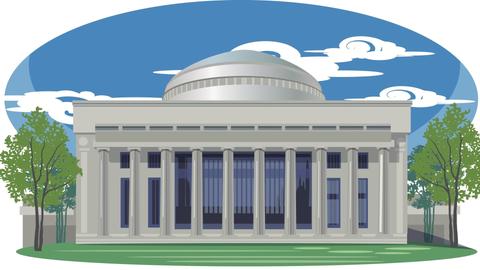
The Massachusetts Institute of Technology (MIT) presents MIT Learn – a revolutionary online platform that opens a “new front door” to access university knowledge and resources.












 How the Christmas Tree Became the Symbol of the New Year: From Pagan Groves to Sparkling Ornaments
How the Christmas Tree Became the Symbol of the New Year: From Pagan Groves to Sparkling Ornaments
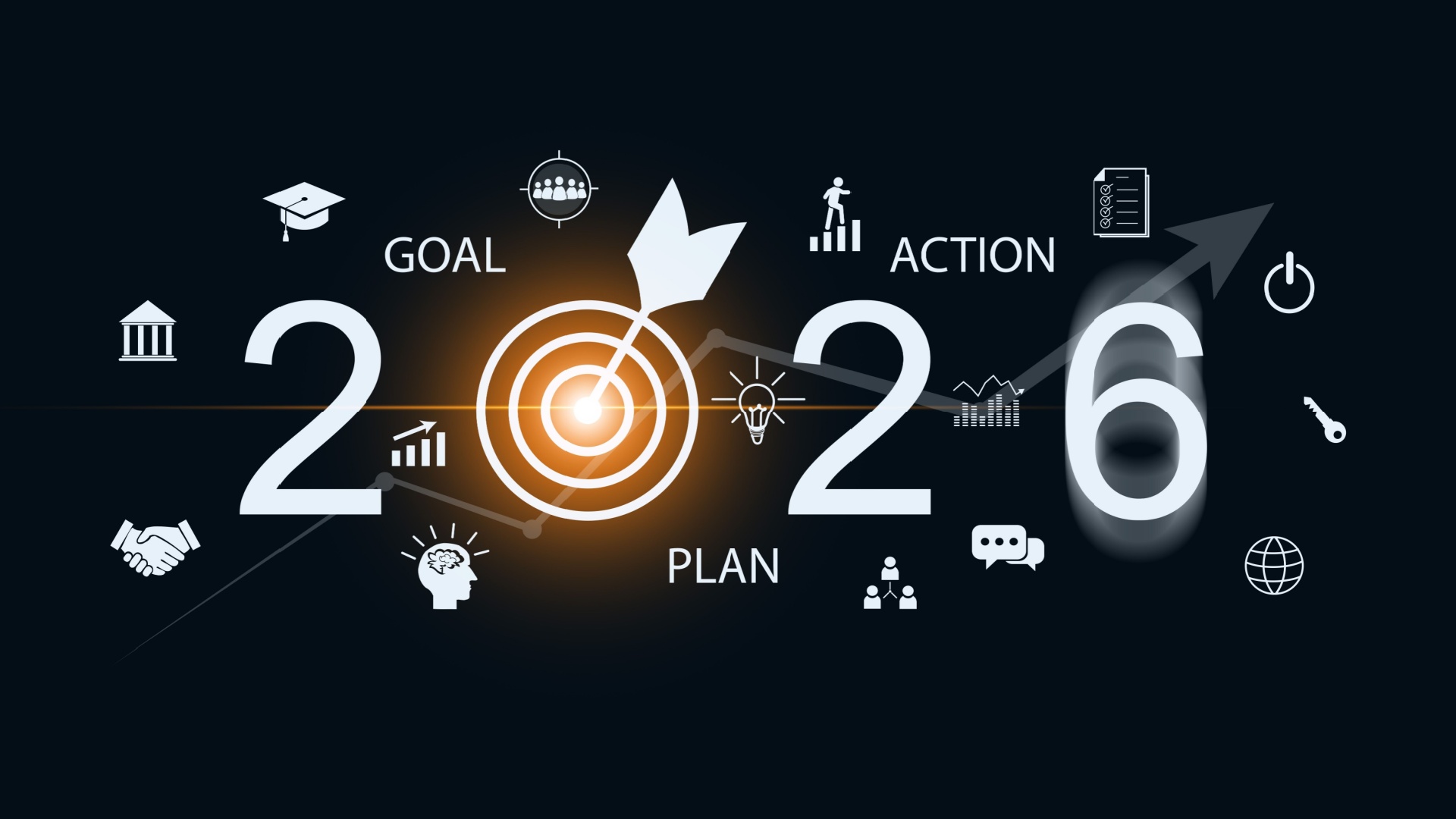 How to Keep New Year’s Resolutions: A Detailed Guide to Real Change
How to Keep New Year’s Resolutions: A Detailed Guide to Real Change
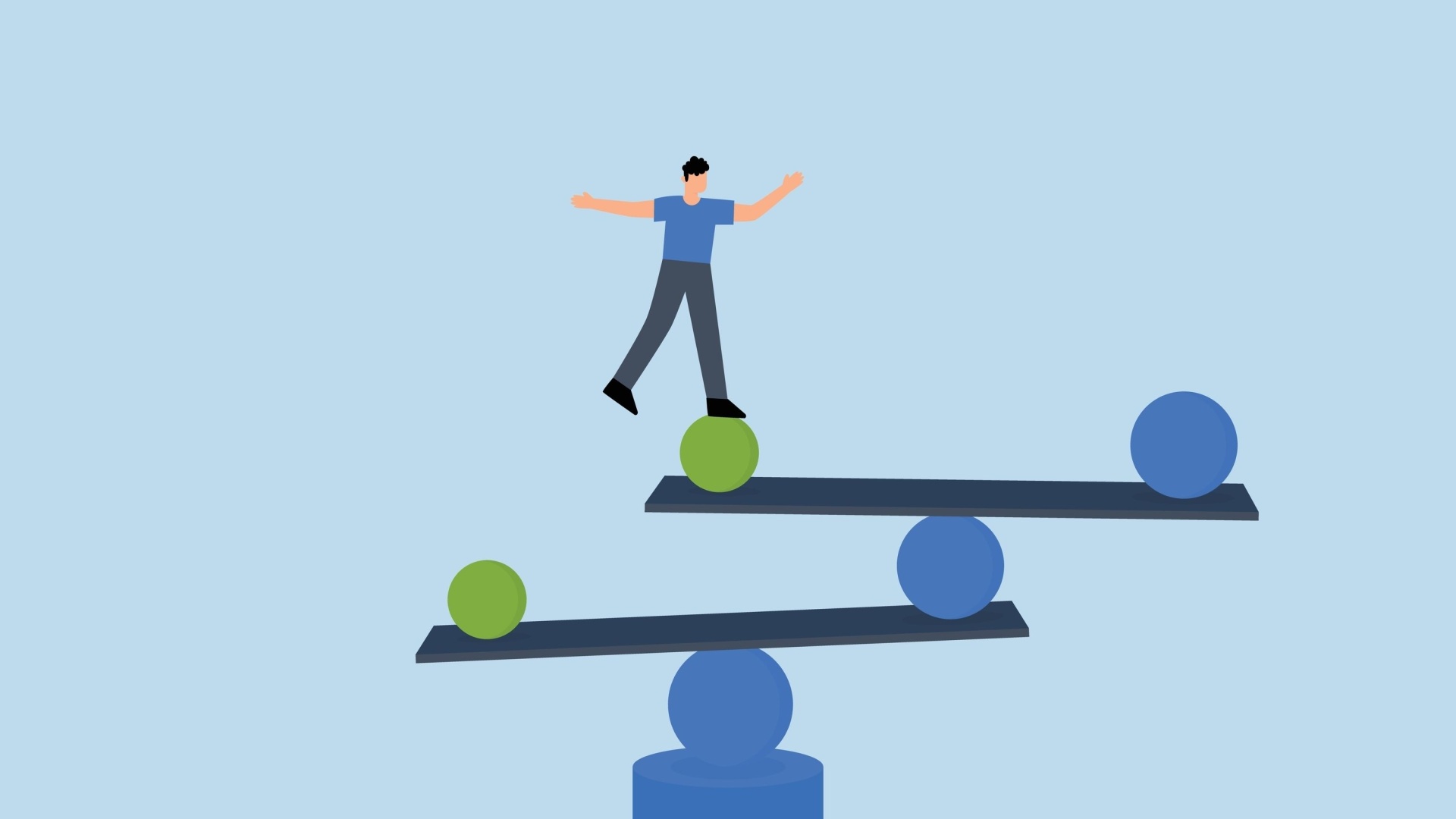 6 Life Areas You Have Almost Certainly Never Paid Attention To
6 Life Areas You Have Almost Certainly Never Paid Attention To
 Test. What Winter Dessert Are You?
Test. What Winter Dessert Are You?
 Test: What Kind of Ancient Goddess Are You?
Test: What Kind of Ancient Goddess Are You?
 Test: Which Great Woman Would Invite You for Tea?
Test: Which Great Woman Would Invite You for Tea?
